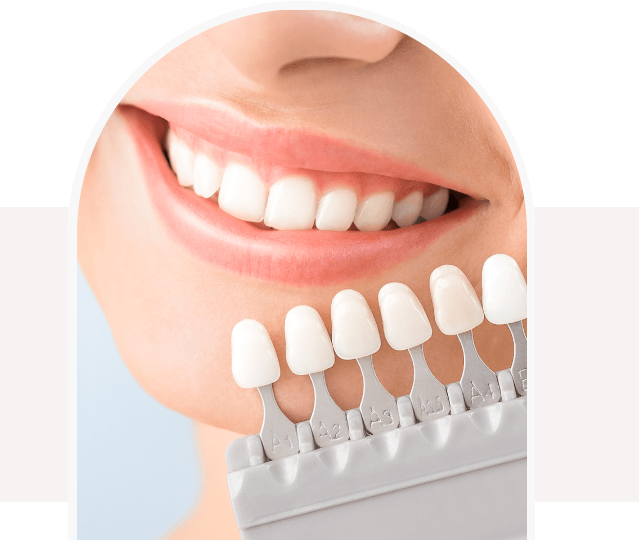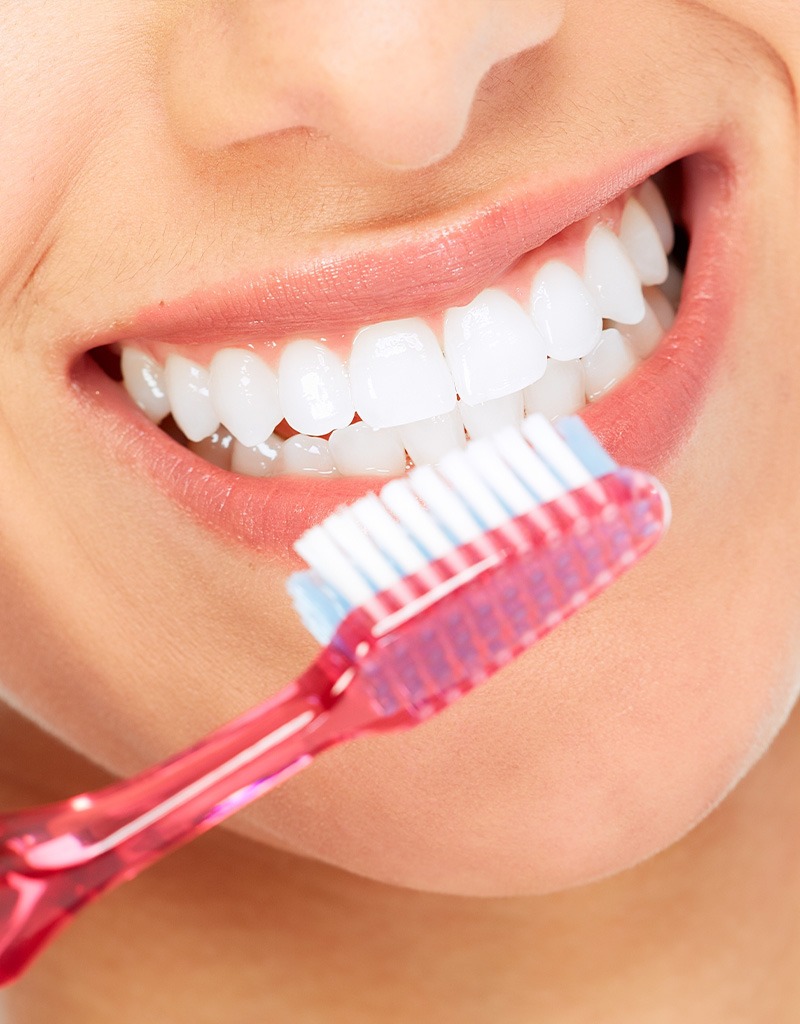Teeth Whitening
Types of whitening procedures
There are several types of teeth whitening and what is recommended is that patients opt for a supervised solution with their dentists. Within these solutions there are two that are considered to be more efficient and safe:
In-office whitening is performed by a dentist and involves the use of a high-concentration whitening gel to achieve fast and dramatic results. This procedure can often be completed in just one office visit and is a good option for those seeking immediate results.
Take-home whitening kits typically include custom-fit trays and a lower-concentration whitening gel. The trays are worn for a specified period of time each day, usually over the course of several weeks, to achieve the desired level of whitening.
Benefits of teeth whitening
There are many benefits associated to teeth whitening and the main are:
What the patients want to know
Frequently Asked Questions
The results of teeth whitening can last anywhere from six months to two years, depending on factors such as diet, oral hygiene habits, and the type of whitening procedure performed.
It is generally not recommended for pregnant women to undergo teeth whitening procedures. Women who are pregnant or breastfeeding should consult with their dentist before undergoing any cosmetic dental treatments.
When performed by a qualified dental professional, teeth whitening is considered to be safe and does not cause damage to the enamel.
Yellow and gray teeth can often be successfully whitened, but the results may not be as dramatic as with teeth that are naturally whiter. In some cases, yellow and gray teeth may require more than one whitening treatment to achieve the desired level of brightness.




